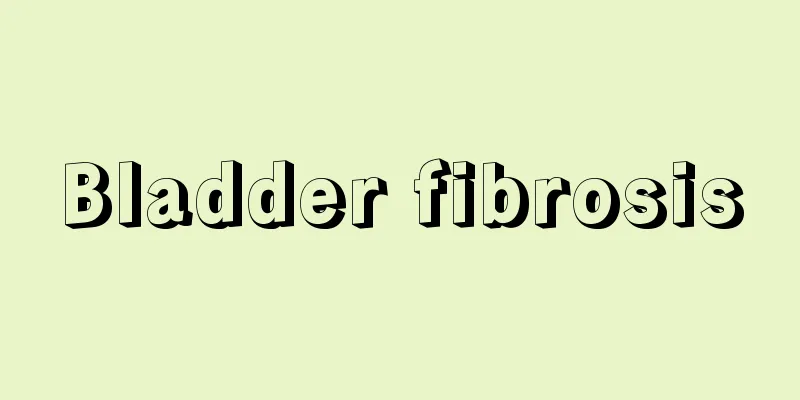What is parathyroid disease

|
Parathyroid disease, what is it? You may not know much about it. Of course, those who study medicine may know it, but how many ordinary people study medicine? Since many people are not studying medicine, it is very necessary for us to know what parathyroid disease is and how to treat it through some simple understanding. ① Blood calcium manifestations. Excessive secretion of PTH in the patient's body causes bone dissolution and enhanced calcium absorption by the renal tubules and intestines, leading to elevated blood calcium. Hypercalcemia reduces nerve excitability, resulting in neuromuscular and mental changes, such as fatigue, decreased muscle strength and tone, personality changes, decreased intelligence and memory, emotional instability and insomnia, etc. Occasionally there will be mental illness attacks, and in severe cases, coma may occur. Patients have relaxed gastrointestinal motility and may experience loss of appetite, nausea, vomiting, and constipation, and the incidence of ulcers increases. Some patients have chronic pancreatitis. ②Urinary system symptoms. When blood calcium is too high and exceeds the renal threshold, urinary calcium excretion increases, and calcium phosphate and calcium oxalate salts are easily deposited in the urinary system, forming urinary stones and renal calcification. Half of the patients had symptoms such as renal colic, hematuria and urinary sand and stones. Patients are prone to urinary tract infections, leading to renal damage and even uremia. In addition, hypercalcemia and hypercalciuria can also cause hyperosmotic diuresis, so patients often have polyuria and polydipsia. ③Bone changes. The patient's bones are generally decalcified, and long-term progression may lead to systemic osteitis fibrosa cystica. The characteristic changes are the appearance of cortical bone defects at the outer edges of the fingers and toes, which is called subperiosteal resorption. The dental lamina may also be absorbed. Skull X-rays show sand-like bone resorption changes. Cystic changes, giant cell tumor-like changes or brown tumors may occur in the long bones of the limbs, ribs, clavicles and pelvis. Patients often have local or systemic bone pain and tenderness, and have difficulty walking, squatting and standing up. In severe cases, they are bedridden and have difficulty turning over. Patients often have bone deformities and pathological fractures, their stature may become significantly shorter, and their teeth are prone to falling out. Secondary, tertiary and pseudohyperparathyroidism may also have manifestations of the primary disease. Primary and tertiary hyperparathyroidism should be treated with surgical removal of tumors or hyperplastic parathyroid glands. Surgical complications are rare, and only 1% of patients develop recurrent laryngeal nerve damage or permanent hypoparathyroidism after surgery. However, it is sometimes difficult to locate ectopic parathyroid tumors. If it is hyperplasia, three and a half parathyroid glands can be removed or complete removal followed by partial autologous transplantation. The normal parathyroid glands of patients with long-term severe hypercalcemia are in a suppressed state, and hypocalcemia is prone to occur after surgery. Preoperatively, drugs should be used to lower blood calcium levels to stimulate the recovery of suppressed parathyroid function. In addition, attention should be paid to timely supplementation of calcium and vitamin D after surgery. If there is persistent and refractory hypocalcemia, the possibility of hypomagnesemia should be considered and magnesium supplementation can be given at the same time. Pseudohyperparathyroidism should be treated with radical treatment of the primary lesion. Hypoparathyroidism is a metabolic abnormality caused by decreased PTH secretion or failure of peripheral target organs to respond to PTH. After we know some knowledge about this disease, we should understand that this is also a rather troublesome disease, so we should pay more attention to it. If conditions permit, timely physical examination is very necessary. Moreover, if it is detected and treated in time, it will not cause irreparable consequences. I hope everyone will be alert and stay away from the disease. |
<<: What does Nutcracker Syndrome mean
>>: What are the specific methods of moist heat sterilization?
Recommend
What causes pain in the little finger
Pain in the little finger may be caused by trauma...
What soup to drink after breast cancer surgery to recover quickly
Generally speaking, after breast cancer surgery, ...
Do you know the symptoms of early prostate cancer? Symptoms of early prostate cancer
Although people are paying more and more attentio...
What should you pay attention to when jogging in the morning
Morning jogging is a very popular sport because i...
Rectal examination can usually detect colorectal cancer.
Rectal digital examination can usually detect col...
How to assist biological therapy after kidney cancer surgery
About 10% of patients with renal cancer will expe...
What stomach problems can digestive enzymes cure
We all know that our stomach absorbs nutrients ma...
What is the order of swimming, sweat steaming and bathing
Sweat steaming can not only achieve the effect of...
What are the symptoms of advanced lung cancer patients? Advanced lung cancer patients will have 4 symptoms
The pain that lung cancer brings to patients is b...
Let’s take a look at the examination methods for colorectal cancer
Colon cancer is a type of cancer. Many people are...
The difference between southern and northern adenophora
Different medicinal materials have different effe...
Sciatic nerve acupuncture is effective with just one needle
In our lives, diseases such as lumbar disc hernia...
What are the main symptoms of liver cancer?
Liver cancer is a common malignant tumor of the d...
Introduction to nursing methods after radical renal surgery for elderly patients with nephrotic carcinoma
Radical nephrectomy is a treatment method for kid...
What medicine is good for dizziness and tinnitus
If you experience dizziness or tinnitus in your l...









